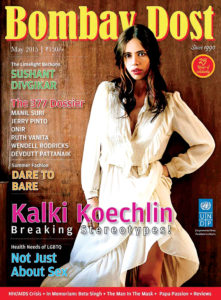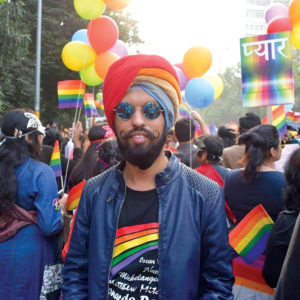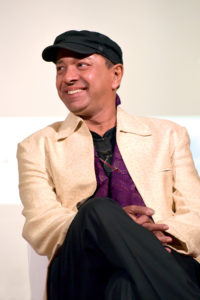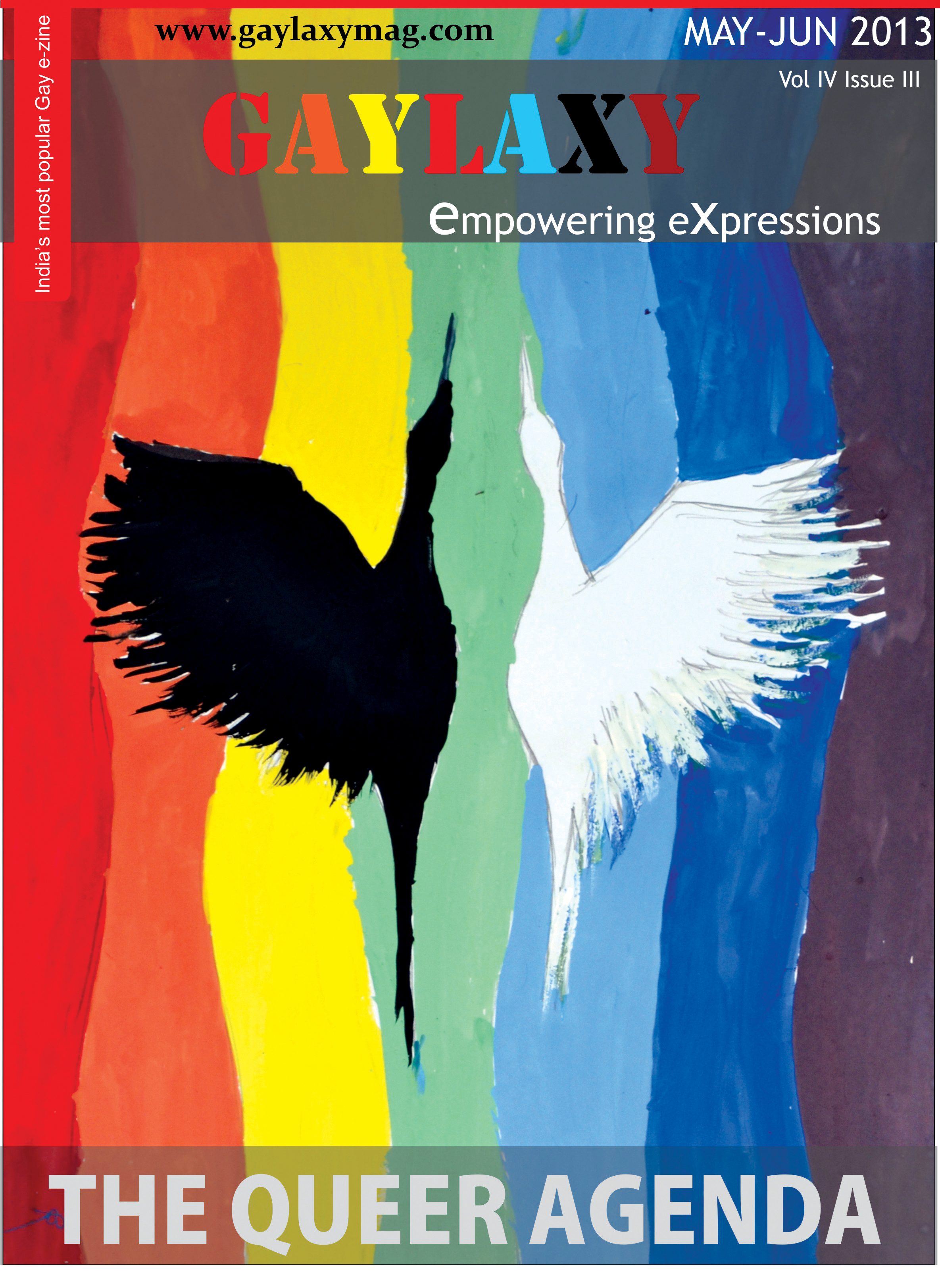Gay magazines have played a key role in helping individuals come out. They are now hoping to find it easier to raise funds and hold events
When the first issue of Bombay Dost — India’s first LGBT magazine — came out, it became an inadvertent vehicle for those who were still in the closet to come out. Either parents discovered it in their son’s cupboards or under the mattress; or the son would leave it out deliberately where they could find it. It became the catalyst for a conversation on sexuality!

“When the first issue came out at the end of 1989, I was still in the closet and very confused about my sexuality. I remember I was attending a course at Film & Television Institute of India (FTII) when my friend Suhail showed me the first copy. I too was quite shocked and quickly buried the copy in my bag. Only after reading it in solitude and reflecting upon it, I realised how important a magazine like this could be for gay youth like me, who was deeply in the closet and scared to talk about it,” says National Award winner filmmaker Sridhar Rangayan. Now an acclaimed filmmaker who represents the LGBT community through his films, he used to work for the magazine in the initial years of his career.
Every community needs a voice, a mouthpiece of their own, through which they can uphold their rights, demands and can share their stories with the society. Those belonging to the sexual minority are in dire need of a voice — be it in the form of a print or digital magazine or otherwise. Unfortunately, India has only a few of such magazines —Bombay Dost, founded by Ashok Row Kavi, being the first one — which has ceased to exist owing to financial issues.
Among these, the noted ones are Gaylaxy : a webzine founded by Sukhdeep Singh in 2010; Pink Pages: another webzine founded by Udayan Dhar in 2009; Gaysi Zine, a magazine which is available in both print and digital, founded in 2012; Varta: a webzine founded by Pawan Dhall. Other magazines like Orinam (Chennai), Jiah (Pune), The Queer Chronicle (Pune), Swakanthey (Kolkata) and few more also occupy this space. All of them struggle to find a firm financial footing.

Unfortunately many of them are out of circulation due to lack of funds. Others are struggling to survive. “We do receive advertising revenue from gay dating websites, gay tour operators, gay hotel owners, etc. But there is a wide fluctuation in the amount of revenue every year, and reliability is low,” says Dhar. Dhall’s magazine Varta runs by donations from well-wishers, mostly. Same goes for Swakanthey (In our Own Voice).
It is crucial to make a magazine visible and for this one financial backing is a necessity. Initially, these magazines used to promote themselves using Facebook — which drew a large number of readers. But with the advent of ‘organic reach system’, promoting requires a good amount.
According to Singh, crowd funding could be a solution, but temporarily. Rangayan, however, suggests that these magazines could tie-up with a leading publication which has enough financial resources. “But fear of the content being monitored or the agenda being manipulated may be a barrier,” he says.
After the decriminalisation of Section 377 this year, many positive changes have surfaced to benefit the community – be it their acceptance in the society or the age-old taboos coming to an end. But how will this impact these magazines is quite unclear. Singh, who is also the Editor of Gaylaxy, says, “There are only a few LGBT magazines in India, which have existed long before the decriminalisation of Section 377. No immediate or direct impact has been seen since then in the way they function. But yes, there will be changes in terms of what kind of articles will be published. Like initially several articles were written which highlighted why Section 377 should be abolished and so forth. But now that it is gone, the articles will focus on what are the other fights the queer community will have to undertake. Legalisation was the first step —there is a whole long battle that we still have to fight for the community.”

He adds that there are other things like civil rights or other aspects that we still need to improve for the community. “There are various ways in which we are still being discriminated against. Like even in the recently passed transgender bill and surrogacy bill — if we take an in-depth look at these, we will find the discriminatory tone. The latter specifies that ‘heterosexual’ couples, who are ‘legally married’, can only opt for it. By specifically mentioning this, they have made sure that in the future there is another battle that we (LGBT community) need to fight for,” says Singh.
On the other hand, he believes the positive change it can bring about is that now it might be easier to find funds for his magazine and other endeavours related to it. “Various organisations were afraid to invest because they were not really sure how it will work or whether they might get into legal trouble before the 377 verdict. Also, it might get easy to organise events.”
Gaylaxy is soon launching its own queer calendar. “The uniqueness of this calendar lies in the fact that it will celebrate sexuality. It will feature individuals of different sexuality, gender identities and intersectionality. They are not activists in the traditional sense, they are queer individuals who are successful in their life professionally, are confident about their sexuality and own up to it. This is the first thing Gaylaxy is doing after the verdict to celebrate queer identity,” concludes Singh.





